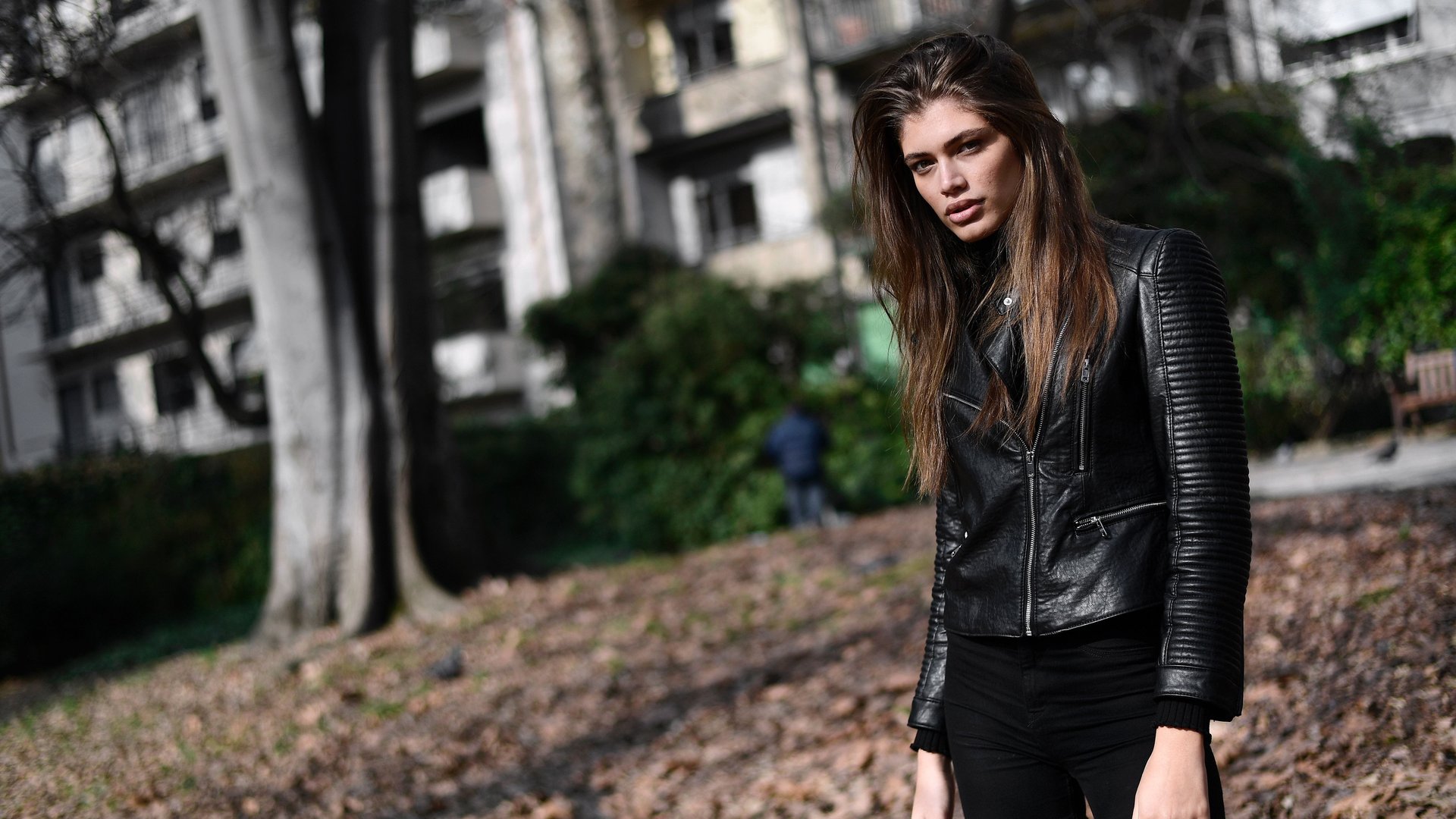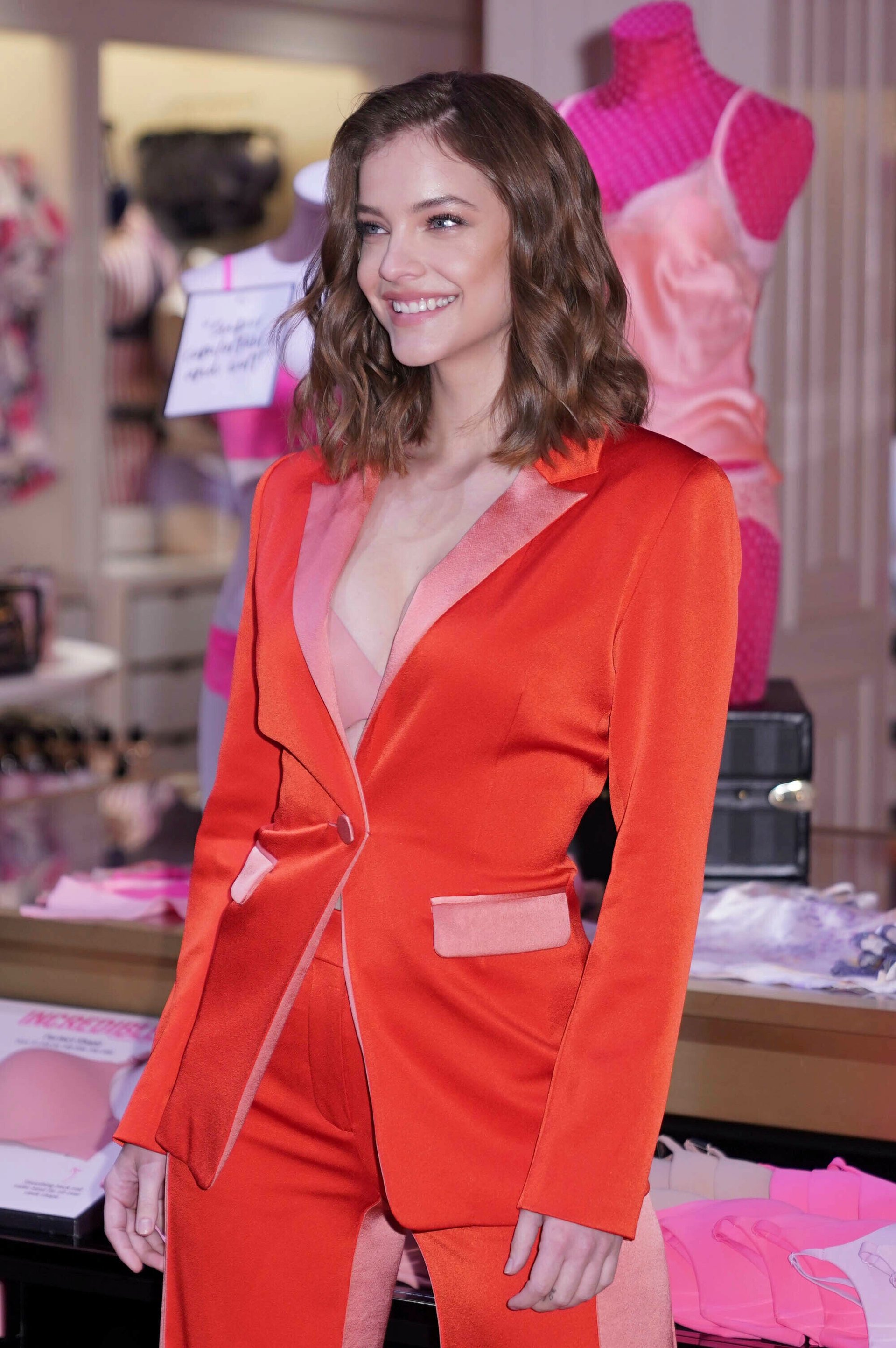Inclusion-challenged Victoria’s Secret has hired its first transgender model
Victoria’s Secret has hired its first openly transgender model for an advertising campaign—a milestone for any major US retail brand, but especially this one.


Victoria’s Secret has hired its first openly transgender model for an advertising campaign—a milestone for any major US retail brand, but especially this one.
The agent of model Valentina Sampaio confirmed to CNN that the Brazilian would be appearing in a mid-August campaign for the company’s Pink line, after Sampaio teased the news on Instagram with a backstage photo. Fellow Brazilian and Victoria’s Secret model Lais Ribeiro tweeted, “First transgender to shoot with Vs! This make me so happy!”
Less than a year ago, Victoria’s Secret was engulfed in criticism after the chief marketing officer of the chain’s parent company, L Brands, told Vogue that the lingerie label would not put “transsexuals” in its annual fashion show. “Well, why not?” the executive, Ed Razek, asked rhetorically. “Because the show is a fantasy.”
Though Razek later apologized, his comments neatly articulated how Victoria’s Secret has failed to adjust to a cultural atmosphere that demands diversity, not just in race and ethnicity, but also in gender and body types—even down to his use of the term “transsexual,” an old-fashioned designation that many trans people today choose not to use.
Sampaio’s hiring is a move toward gender diversity, but the company is still dragging its feet when it comes to casting diverse shapes.
Victoria’s Secret made news in March when it announced its newest “Angel” would be Barbara Palvin. She was notable for being curvier than the typical Victoria’s Secret model—but just barely. Despite a few people labeling her plus-size, Palvin is reportedly a size 8 and not anywhere close to plus size. Around the same time, Victoria’s Secret hired another first for its Angels, Alexina Graham, who has red hair.
These castings were remarkable for showing how close Victoria’s Secret hews to its standard look, even as it tries to include more women in it. Tyler McCall summed up the issue for the site Fashionista:
It’s not hard to imagine that Victoria’s Secret feels pleased to have ticked off the ‘diversity’ box by casting two new Angels who have, respectively, slightly wide hips and red hair. To be as explicit as possible, this is not a knock on Palvin or Graham; they are both beautiful and clearly hard-working women who deserve recognition. They do provide a break from the stick-straight, blonde norm at Victoria’s Secret, but it’s not nearly enough from a brand which has been so resistant to change.

Sampaio’s hire is an even bigger step for Victoria’s Secret. Though she’s successful, having been the first transgender model on the cover of French Vogue, she’s also had clients refuse to hire her because she’s trans, and she represents an important milestone for one type of diversity that Victoria’s Secret needs to consider.
But Victoria’s Secret is fully capable of hiring more than one type of new model at a time. If the company wants to keep body-positive competitors from luring more of its customers, it might consider putting a range of body sizes and shapes in that campaign alongside her.